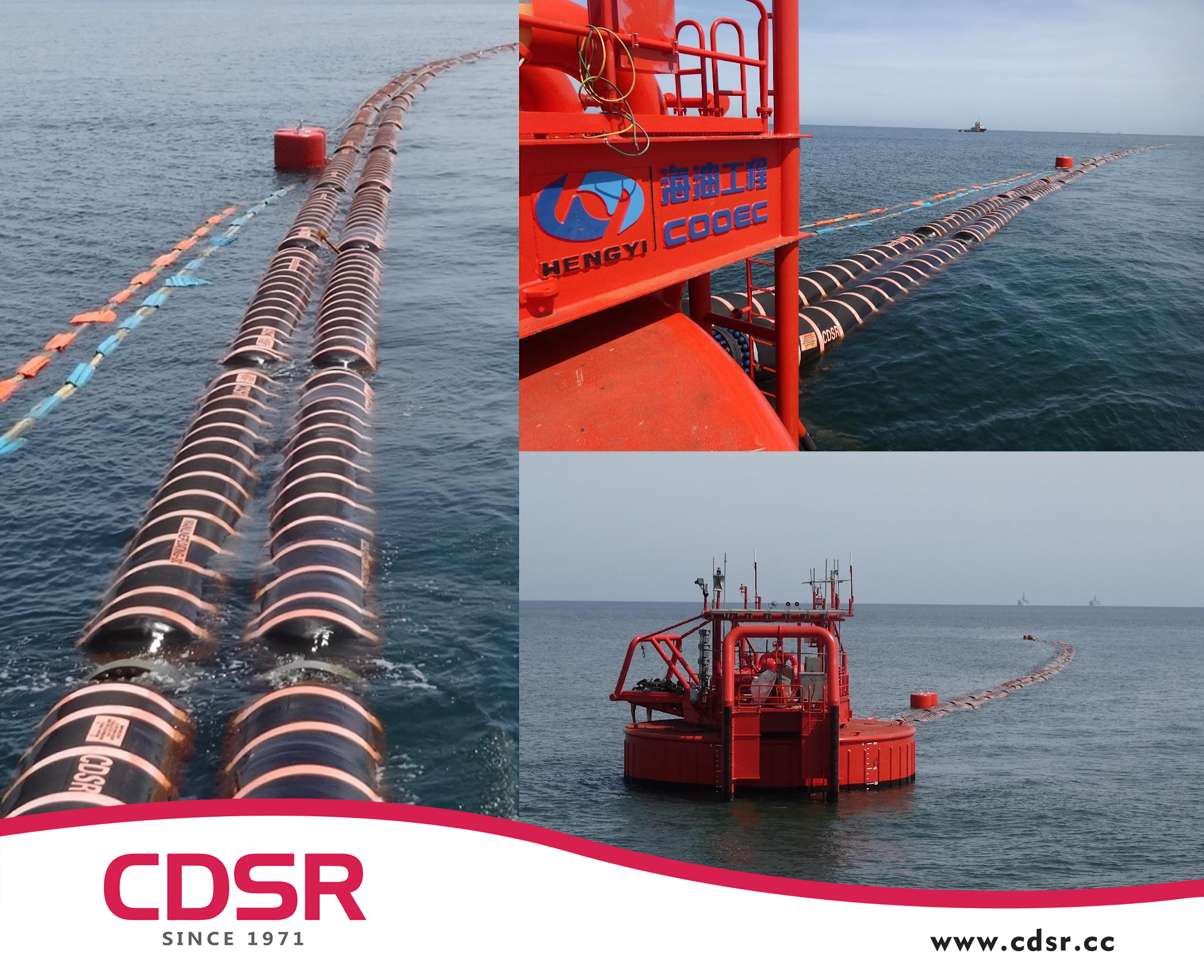Oil and gas fields - They are large, expensive and a vital part of the global economy. Depending on the location of the field, the time, cost and difficulty of completing each phase will vary.
Preparation Phase
Before commencing oil and gas field development, a thorough investigation and evaluation is essential. A method commonly used to explore for oil and gas resources, seismic surveying involves sending sound waves into rocks, typically using a seismic vibrator (for onshore exploration) or an air gun (for offshore exploration). When sound waves penetrate rock formations, part of their energy is reflected by the harder rock layers, while the rest of the energy continues deep into other strata. The reflected energy is transmitted back and recorded. Exploration personnel thus speculate on the distribution of underground oil and natural gas, determine the size and reserves of oil and gas fields, and study the geological structure. In addition, the surface environment and potential risk factors need to be assessed to ensure the safety of the development process.
The life cycle of an oil and gas field can be divided into three phases:
Start-up phase (two to three years): In this phase, the oil and gas field is just beginning to produce, and production gradually increases as drilling proceeds and production facilities are constructed.
Plateau period: Once production stabilizes, oil and gas fields will enter a plateau period. During this phase, production remains relatively stable, and this stage will also last two to three years, sometimes longer if the oil and gas field is larger.
Decline phase: During this phase, the production of oil and gas fields begins to decline, usually by 1% to 10% per year. When production ends, there are still large amounts of oil and gas left in the ground. To improve recovery, oil and gas companies use enhanced recovery techniques. Oil fields can achieve recovery rates between 5% and 50%, and for fields that only produce natural gas, this rate can be higher (60% to 80%).
Transport phase
This phase involves the processes of separation, purification, storage and transportation of crude oil. Crude oil is usually transported to processing plants via pipelines, ships or other transportation methods, where it is treated and processed accordingly and finally supplied to the market.
The importance of marine hoses in the oil field mining process cannot be ignored. They can effectively transport crude oil between offshore facilities (platforms, single points, etc.) and seabed PLEM or tankers, improving the efficiency of crude oil transportation and ensuring safety and environmental protection.

Decommissioning and abandonment
When the resources of an oil well are gradually depleted or the development cycle ends, the decommissioning and abandonment of the oil well will be necessary. This phase includes dismantling and cleaning drilling facilities, waste disposal, and environmental restoration. During this process, environmental laws and regulations need to be strictly observed to ensure that the waste process does not have a negative impact on the environment.
Date: 21 May 2024





 中文
中文